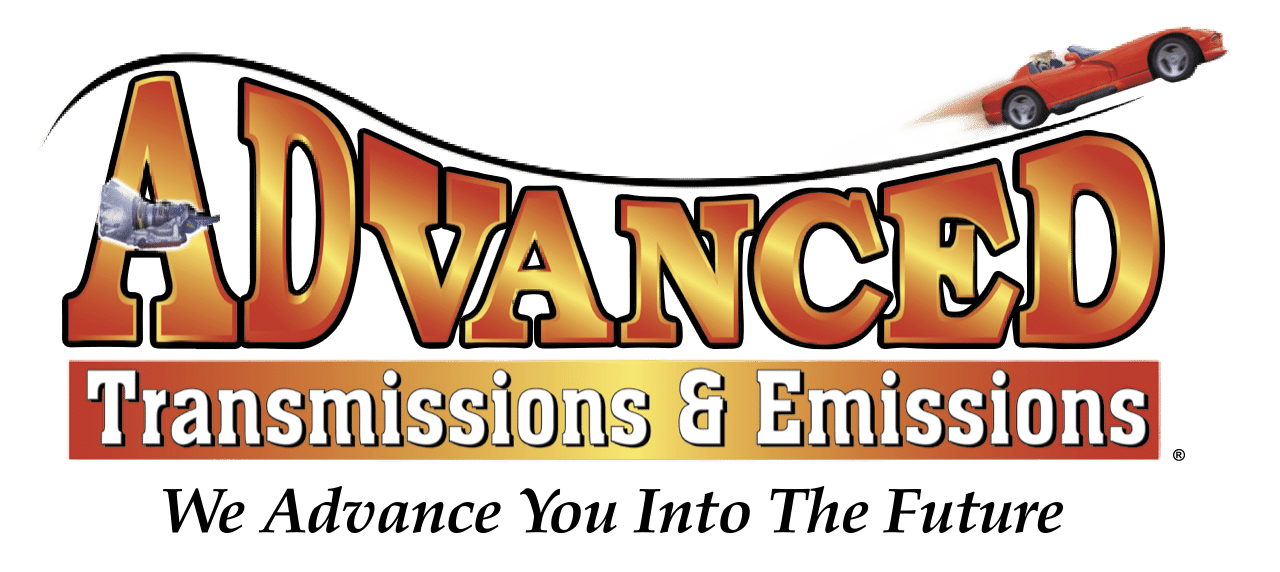When it comes to your vehicle, it is a complex machine with many components in it that make it work. If even one has an issue, you may be stuck right where you are. One of those important parts that many people don’t think about, is the emission system. We are going to take a closer look at how vehicle emission systems work and review just why they are such a key part of your car, truck, or SUV.
What is a Vehicle Emission System?
The vehicle’s emission system is what keeps the engine running cleanly and efficiently in different types of operating conditions. The vehicle’s emission system controls the emissions, exhaust and pollutants (including gasoline vapors escaping from the fuel tank), using an array of sensors, computerized engine controls and the exhaust components. The emission system substantially reduces harmful gases from being released into the air, such as carbon monoxide, unburned hydrocarbons, and oxides of nitrogen.
To put this simply, vehicle emission systems are essential components of modern vehicles designed to reduce the harmful pollutants emitted from the exhaust pipe. In many areas of the country there are even laws around vehicles’ emissions and emissions and smog tests are required.
The Basics of Vehicle Emissions
Before we jump into how vehicle emission systems work, we wanted to further break down just what those emissions may be. Vehicle emissions refer to the harmful gases and particles that vehicles release into the atmosphere as a byproduct of combustion. These emissions primarily come from the burning of fuel in an internal combustion engine, which is the dominant power source for most cars on the road today. The primary pollutants of concern in vehicle emissions include:
- Carbon Monoxide (CO): A colorless, odorless gas produced when carbon in fuel does not burn completely. High levels of CO can be harmful to human health.
- Hydrocarbons (HC): Unburned or partially burned fuel molecules that contribute to smog formation and can be carcinogenic.
- Nitrogen Oxides (NOx): A group of gases, including nitrogen dioxide (NO2), that contribute to smog, acid rain, and respiratory problems.
- Particulate Matter (PM): Tiny particles of soot and other materials that can penetrate deep into the lungs and have adverse health effects.
How Does the Vehicle Emission System Work?
Now that we have reviewed what a vehicle emission system is, and what emissions it is trying to prevent and reduce, it’s time to review the various components that make up a typical vehicle emission system and how they work together to reduce harmful emissions.
- Catalytic Converter: This is one of the most crucial components in the emission system. The catalytic converter contains precious metals like platinum, palladium, and rhodium, which facilitate chemical reactions to convert harmful gases into less harmful substances. It primarily reduces CO, HC, and NOx emissions.
- Exhaust Gas Recirculation (EGR) System: The EGR system recirculates a portion of exhaust gases back into the engine’s intake manifold. This reduces combustion temperatures and lowers the production of NOx emissions by limiting the availability of oxygen in the combustion chamber.
- Air Injection System: Some vehicles are equipped with an air injection system that injects fresh air into the exhaust stream. This helps burn any unburned HC and CO emissions in the exhaust, further reducing pollutants.
- Oxygen Sensors: Modern vehicles have oxygen sensors that monitor the oxygen levels in the exhaust gases. These sensors provide feedback to the engine control unit (ECU), allowing it to adjust the air-fuel mixture for optimal combustion and emission reduction.
- Evaporative Emission Control System (EVAP): This system captures and stores fuel vapors that would otherwise be released into the atmosphere. The EVAP system prevents the release of HC emissions when the vehicle is not in operation.
- Crankcase Ventilation System: This system controls the release of harmful gases from the engine’s crankcase, such as unburned HC. It typically uses a positive crankcase ventilation (PCV) valve to regulate the flow of gases.
- Selective Catalytic Reduction (SCR) Systems: Common in diesel engines, SCR systems use a urea-based solution (AdBlue) to reduce NOx emissions. This solution reacts with NOx in the exhaust gases to convert it into harmless nitrogen and water.
While not every vehicle’s emission system is the same, the components that your car, truck, or SUV has, are what work together to reduce your vehicle’s emissions and ensure it runs smoothly. If your vehicle emission system is showing signs of an issue, you should have it inspected by a Phoenix automotive expert as soon as possible. Your emission system not functioning as it should not only impacts the environment, it can lead to poor fuel efficiency, unpleasant odors, and weak acceleration.
At Advanced Transmissions & Emissions, you can count on us to fix the emission system in your vehicle and get it running properly. We fix emissions issues when you have them, but do not offer general emissions testing. Sometimes, the solution can be as easy as replacing the gas cap, other times, not. We have the experience needed to work on all emissions components from canisters, caps, sensors valves, hoses, lines, or tubes.
Call us to get an estimate on your Phoenix vehicle’s emission needs.





